From the March 2023 issue of Apollo. Preview and subscribe here.
Salon Du Dessin, Paris
‘For the artist, drawing is discovery’ – and this month, in Paris, the Salon du Dessin sets out once again to prove that John Berger’s observation rings as true for collectors, curators, dealers and other devotees of the medium. Returning to its spring slot in the calendar for the first time since the pandemic – and amid the major shake-up in the Parisian art-fair scene caused by the arrival of Art Basel in the French capital – the 31st edition of this veteran fair looks much the same as it did in 2019, with 39 exhibitors arriving at the Palais Brongniart in the Place de la Bourse. But for all that the fair promises a welcome familiarity, Louis de Bayser, its president, makes clear that his aim is also ‘to surprise people’.
There are nine new exhibitors this year; five French, and four from further afield. Parisian gallery Kevorkian brings a page from one of the albums compiled by the Swiss adventurer and engineer Antoine-Louis Henri de Polier in India in the late 18th century, with a portrait of a Mughal prince rendered in gouache, gold and ink, framed within an intricate floral border. Other newcomers include, from New York, Zeit Contemporary Art, which offers works by Picasso, Gauguin and Sam Gilliam, and Fabienne Fiacre, who brings a luminous parakeet done in watercolour and black pencil by Gustave Doré.
As De Bayser says, the fair has been instrumental in establishing Paris as a leading centre for drawing – an entire economy has built up around the medium, including specialised restorers, mounters and framers. Around half of the exhibitors are from France; regulars include Eric Coatalem, whose displays include a capriccio by the Italian artist Marco Ricci, in which a gothic church sits amid a number of classical ruins (including an excellent stone lion), rendered in gouache on vellum. But De Bayser also points to the continuing importance of US collectors – and especially museum curators – to this market.
As such, the fair has always placed a premium on scholarship, and this year is no different. Museum partnerships at the fair include a spotlight on the 10,000-strong collection of the Musée de l’Armée at Les Invalides, and a tribute to Ger Luijten, long-serving director of the Fondation Custodia, who died in December. As in previous editions, the fair is a central component of Drawing Week, which also involves an extensive series of private visits to museum collections across the city.
Despite the tribulations of the pandemic and other economic pressures, the market for this medium remains strong – January’s Old Master sales in New York attested to this. The only problem, De Bayser says, is finding enough quality drawings to feed the demand – though his own offering gives cause for reassurance. The highlight is a sinewy drawing of Hercules by Simon Vouet, a study for his Loves of the Gods tapestries, now housed in the Château de Chambord in the Loire valley.
Salon du Dessain takes place at Palais Brongniart in Paris from 22–27 March.
Gallery highlights
Mandy El-Sayegh
30 March–29 April
Lehmann Maupin, New York
The Malaysia-born, London-based artist incorporates everything from newsprint to adverts, aerial maps, anatomy books and her father’s calligraphy into large-scale paintings and sculptures which she then combines in room-size installations – representations, she has suggested, of the fragmented nature of history as perceived by individuals. This new body of work includes a performance piece El-Sayegh is staging amid her creations.
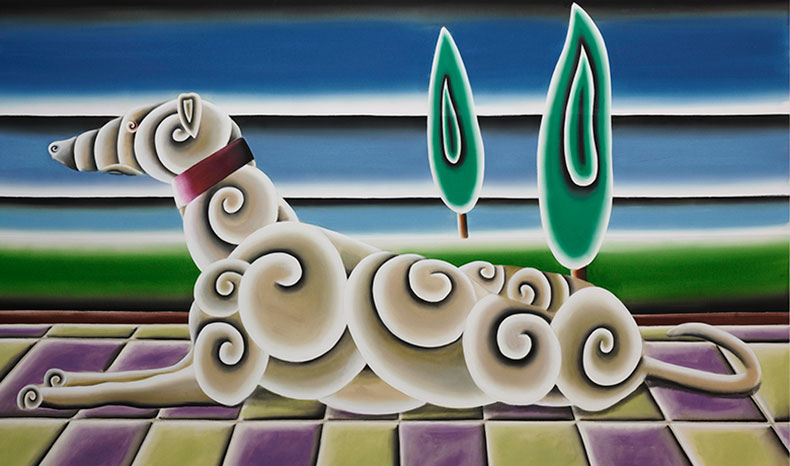
Untitled (Battisti) (2022), Andreas Schulze. Photo: Photo Mareike Tocha; courtesy Sprüth Magers; © Andreas Schulze/VG Bild-Kunst, Bonn
Andreas Schulze: On Stage
17 March–1 July
The Perimeter, London
Schulze came to prominence as part of the Cologne wing of the Neue Wilde group in the 1980s, but his works bear little resemblance to those of peers like Albert Oehlen. As his first UK solo show in a decade makes plain, these are madcap paintings, oscillating between surreal comedy and menace: a hurricane narrowly misses some balloons; huge spiders throng the staircase leading to a distant city; a sausage dog with no hind legs sprawls across the floor.
Balthus: Under the Surface
3 March–4 June
Luxembourg + Co., London
This is the first show in the UK dedicated to the Polish-French painter since his 1968 Tate retrospective. Balthus’ discomfiting depictions of adolescence have come in for criticism in recent years; responding to the paintings on view here, Turner-winning artist Elizabeth Price has created a documentary exploring questions of self-fashioning that lie at the heart of Balthus’ fascination with the ancient Roman sculptures known as the Niobids.
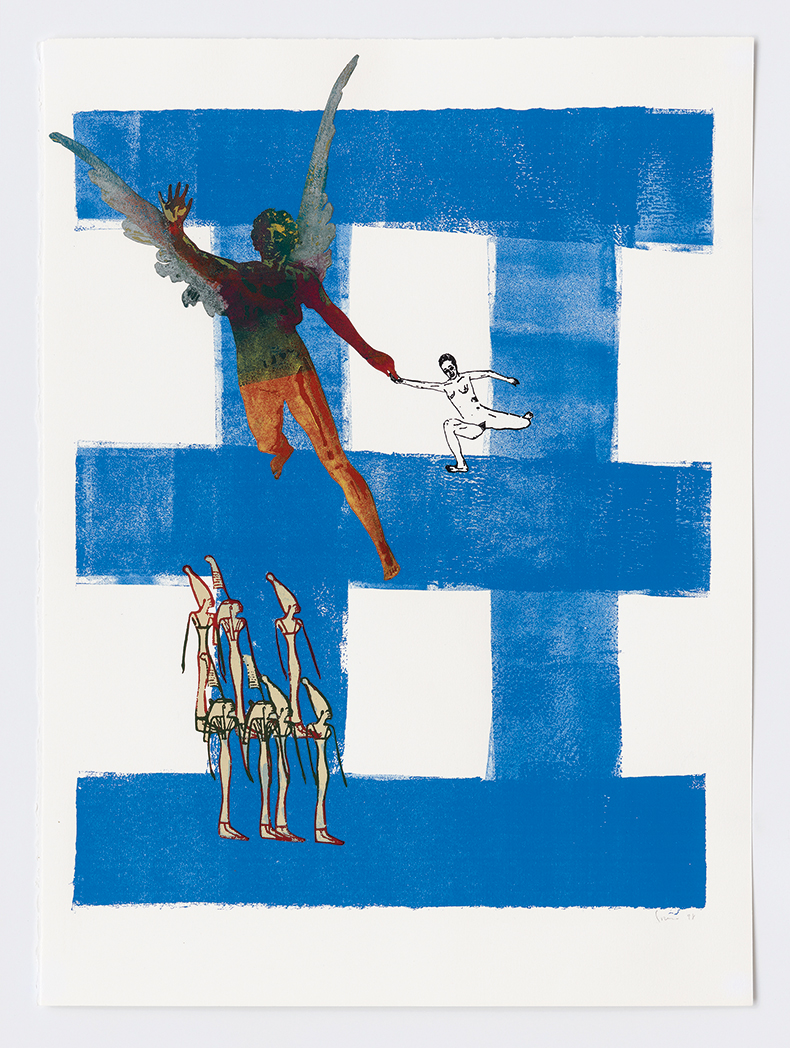
Untitled (La Renomee and Egyptians) (1998), Nancy Spero. Galerie Lelong & Co.
Nancy Spero: Woman as Protagonist
Until 25 March
Galerie Lelong & Co., New York
Throughout her career, the American artist and pioneer of first-wave feminism populated her works with diverse female figures cribbed from history and legend – but in her later years the resultant collages and prints became increasingly bright and colourful. This display focuses on her work from the mid 1990s until her death in 2009, and includes the vast Relay (2000), in which a mythical narrative unfolds across four frieze-like panels.
Fairs in Focus
Art Dubai
1–5 March
Madinat Jumeirah, Dubai
For its 16th edition, the largest fair in the Middle East is seeking to consolidate its position both as a platform for art from the broader Global South, and as a forum for exploring the links between art and new Web3 technologies. Contemporary galleries included in the main presentation include local stalwarts such as the Third Line and Lawrie Shabibi, but also galleries from Harare (First Floor) to Accra (Gallery 1957) and from Buenos Aires (Ruth Benzacar) to Karachi (Canvas); meanwhile, the fair’s Bawwaba (‘gateway’ in Arabic) section focuses on artworks made in the last year and includes galleries from Nairobi, Manila and Singapore.
Art Dubai Digital returns in expanded form after last year’s inaugural edition, with collaborations from organisations such as the Lian Foundation and 6529’s Open Metaverse and a new commission by the Turkish-American new media artist Refik Anadol, who creates surreal landscapes with machine-learning algorithms. For the first time, Christie’s Art + Tech summit is being hosted in Dubai as part of the fair’s talks programme.
From the March 2023 issue of Apollo. Preview and subscribe here.
Unlimited access from just $16 every 3 months
Subscribe to get unlimited and exclusive access to the top art stories, interviews and exhibition reviews.

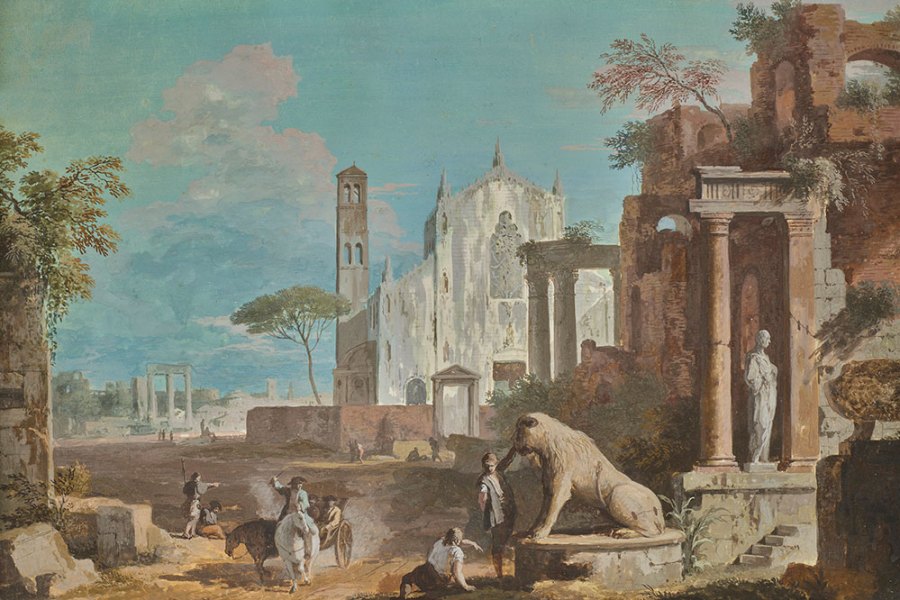
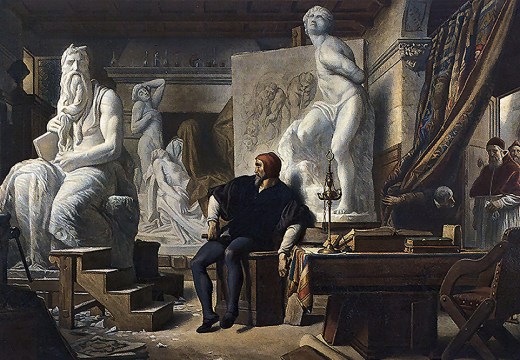
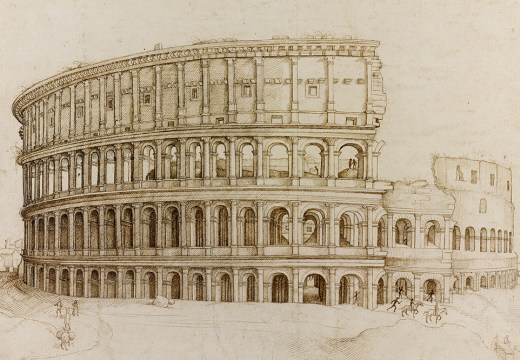
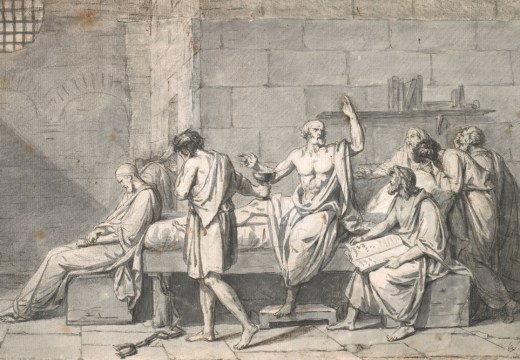









![Masterpiece [Re]discovery 2022. Photo: Ben Fisher Photography, courtesy of Masterpiece London](http://www.apollo-magazine.com/wp-content/uploads/2022/07/MPL2022_4263.jpg)
It’s time for the government of London to return to its rightful home